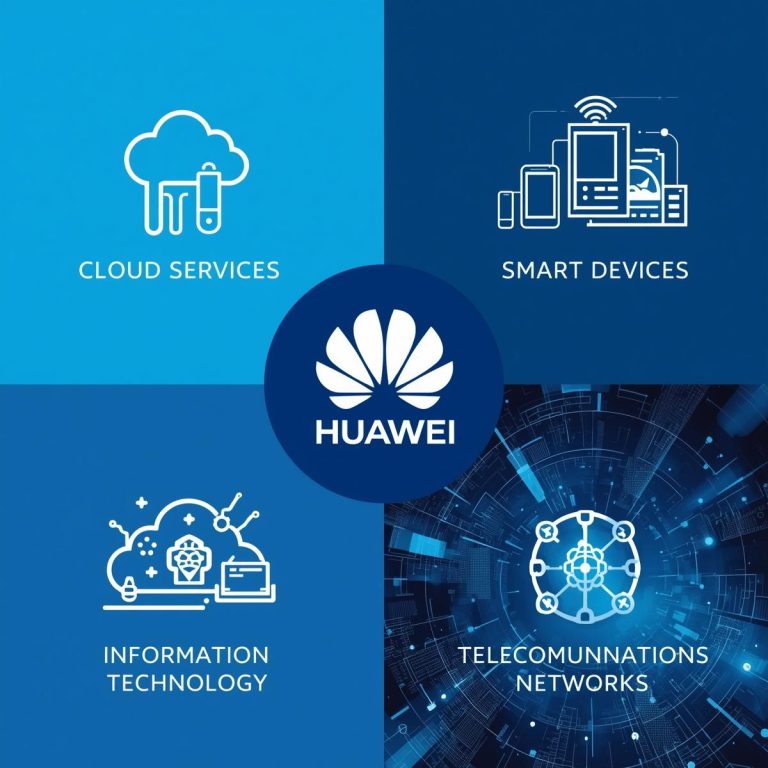
Network operators are rapidly expanding the 5G network around the world. It stands for “fifth generation”. Ericsson predicts that 5G will be available in at least 30 percent of the world’s population by the end of 2023.
From past few years 5G has been a trending topic. 5G is different from the other generations (2G, 3G, 4G). It is 100 times faster than the current one (4G). Some companies have already launched the 5G smartphones while others are still on the verge of introducing them.
5G wireless technology is meant to deliver higher multi-Gbps peak data speeds, ultra-low latency, more reliability, massive network capacity, increased availability, and a more uniform user experience to more users.
The technology has many advantages that make it superior to its predecessors. One of the main advantages is off course its high speed, which took hours to download several videos, movies and music with 5G technology it has now become easy and fast.
Additionally, 5G technology has a much lower latency than its predecessors, making it ideal for applications such as augmented reality and virtual reality. Furthermore, 5G is capable of connecting more devices than its predecessors, making it ideal for large-scale applications such as smart cities. With 5G, network slicing can be used to create more specific and tailored connections.
These advantages make 5G a powerful technology that is likely to revolutionize many industries in the near future.
In India, network operators are already working on expanding the 5G network and are focusing on improving the user experience and coverage. The government has also announced that it plans to set up 5G networks in 100 cities by the end of this year.
5G network provides, Seamless transfer of data and improving the connectivity among devices. Transition of services between cellular devices and wireless wi-fi, thus improving performance.
Moreover, telecom providers are also investing in 5G technologies such as Massive MIMO and beamforming, which can greatly improve the performance of the 5G network and provide more coverage.
India is making huge strides in the 5G revolution, with the government successfully completing the 5G spectrum auction, raising over 1.5 trillion rupees (US$21 billion). 5G services are now available in 50 Indian cities, including Delhi NCR, Mumbai, Nathdwara, Varanasi and others.
Airtel 5G is currently available in Delhi, Mumbai, Chennai, Bengaluru, Hyderabad, Siliguri, Nagpur, Varanasi, Panipat, Gurugram and more, and network operators are preparing for the launch of 5G services by conducting field trials and enhancing their network cores.
5G phones are available from multiple brands, but support for 5G bands is still not widespread. Apple, Google and other tech giants are also investing in 5G, and India will eventually have 5G service available nationwide.

BUT THERE ARE SOME DISADVANTAGES OF 5G NETWORK.
5G technology has been gaining immense popularity due to its blazing fast speeds and ultra-low latency. However, there are some drawbacks to the technology that need to be taken into consideration before implementing it.
- One of the main disadvantages of 5G is that many of the old devices would not be compatible with the new technology, and thus, would need to be replaced, making it an expensive deal.
- Furthermore, 5G is currently limited in its global coverage, and is only available in specific locations. Finally, the rollout of 5G is associated with high initial costs, and rural areas may have limited access to the technology. Therefore, it is important to carefully weigh the pros and cons before investing in 5G technology.
- For proper functioning of 5G network, more towers and energy will be setup leading environment degradation and causing global warming.

- 4G and 5G networks both will work together which means there will be more radiation which will directly affect the human and wildlife and have a long-lasting consequence.
- Furthermore, the proliferation of 5G networks could also have a negative effect on pollinating insects such as bees, who use electromagnetic fields to navigate. With the increasing number of cell towers in urban areas, bees may be exposed to higher levels of radiation which could disrupt their navigation and ultimately affect their survival.

- In rural areas, there are still people who don’t have access to 4G phones, how will they get 5G phones? Will Companies be able establish the towers in rural areas?… off-course the 5G phones will be expensive.
- In terms of the cost of using the network, 5G rates are more expensive than 4G. On average, the monthly cost of an unlimited 5G plan from one of the major carriers is around $65 to $85 per month for a single line. However, prices will gradually decrease as more carriers adopt the technology.
In conclusion, 5G networks have the potential to revolutionize our lives, but it is important to be aware of the potential environmental and health impacts. Authorities should put in place measures to ensure that these networks are used responsibly and in ways that protect the environment and human health. There is already convincing evidence that 3G and 4G cause harm to wildlife, in particular our birds and pollinating insects such as bees who use electromagnetic … Scientists warn that 5G technology will likely affect various animals, including birds, amphibians, and insects. It is currently unclear whether… The full deployment of 5G could have a disruptive impact on ecosystems. A Punjab University study found that sparrows exposed to cell tower.





